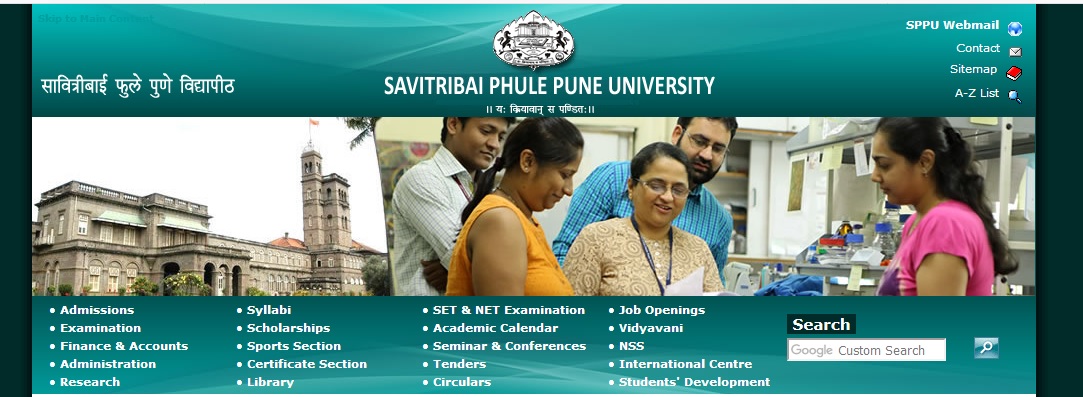Petroleum Exploration B.E Question Paper : unipune.ac.in
Name of the University : Savitribai Phule Pune University
Department : Petroleum Engineering
Degree : B.E
Subject Name : Petroleum Exploration
Sem : II
Website : unipune.ac.in
Document Type : Question Paper
Download Model/Sample Question Paper : https://www.pdfquestion.in/uploads/unipune.ac.in/6795-BE-2003-Petroleum%20Engg.pdf
Pune University Petroleum Exploration Model Paper
University Of Pune :
B. E. (Petroleum Engineering) :
(2003 Pattern)
Total No. of Questions : 6
Time : 3 Hours
Max. Marks : 100
Related : Savitribai Phule Pune University Petroleum Production Engineering-II B.E Question Paper : www.pdfquestion.in/6793.html
Instructions
(1) Answers to the Questions should be written in separate answer-books.
(2) Neat diagram must be drawn wherever necessary.
(3) Assume additional data, if necessary.
SECTION-I
Q1. Why geophysical methods are necessary in oil exploration. Write two to three lines about each such method. What are the limitations of geophysical surveys? [16]
OR
Q1. Explain the term gravity anomaly. With the help of a neat diagram explain the construction and working of any one type of a gravimeter. Give details of the corrections used in gravity survey data. [16]
Q2. Answer any two of the following: [16]
a) Give an outline of electrical methods of prospecting.
b) Trace briefly how the oil exploration activities have changed historically with the advancement of technology.
c) Describe the principles, construction and working of any one type of magnetometer and give methods to reduce the data. [16]
OR
Q2. a)Explain any one type of seismic data acquisition system. [8]

b)With a neat diagram explain the construction and working of any one type of geophone. [8]
Q3. a) What are the surface phenomena empirically associated with the petroleum seepages? [8]
b) What kinds of geochemical surveys are carried out in general, for petroleum exploration? Give steps involved in a model survey. [10]
OR
Q3. Write notes on any two of the following:
a) Geophysical and Geochemical aspects of direct detection of hydrocarbons,
b) Soil geochemical surveys,
c) Geochemical correlation methods. [18]
Section II
Q4. What are the different types of detector spreads in seismic reflection surveys? Explain “Common Depth Point” method. Give its advantages. [10] Explain mathematically how depth of a reflecting layer is calculated in seismic reflection survey assuming
(a) Horizontal reflector and (b) dipping reflector. [6]
OR
Q4. Write notes on any four of the following:
a) Time corrections applied to seismic traces,
b) Measurement of weathered layer,
c) Sources of energy in marine seismic surveys,
d) Seismic reflection surveys,
e) Noise in seismic data,
f) Elastic properties of rocks. [16]
Q5. Write detailed notes on any two of the following:
a) Seismic Stratigraphy,
b) AVO technique,
c) 4 D – seismic surveys,
e) Migration of seismic data. [18]
Q6. a) What are the steps involved in delineation of the reservoirs once a discovery well is drilled. [6]
b) What are the commonly used methods of reserves estimation and categorization at various stages of exploration? Explain the „volumetric Estimation? method in details. [10]
OR
Q6. Write on any two of the following:
a) Risk Analysis,
b) Unconventional hydrocarbon resources,
c) GIS in petroleum Industry. [16]
Reservoir Engineering-I
Instructions:
(1)Attempt any 2 questions from:Q.1 ,Q.3, Q.4 for Section-I.
(2)Attempt any 2 questions from Q.5 ,Q.6,Q.7 for Section-II.
(3)Answers to the two section must be written in separate answer books.
(4)Neat diagrams must be drawn whenever necessary.
(5)Figures to the right indicate full marks.
(6)Use of electronic non-programmable calculator is allowed.
(7)Assume suitable data whenever necessary.
(8)Questions No.2 & 8 are compulsory.
SECTION-I :
Q.1 (a)What is reservoir engineering? (8)
(b)Explain in detail classification of reserves and how are they calculated? (8)
Q.2 Derive the generalized material balance equation. (18)
Q.3 Derive the material balance equation for an oil reservoir considering rock and fluid expansion? (16)
Q.4 Find and expression for cumulative oil for different decline curves? (16)
SECTION-II :
Q.5 Derive the diffusivity equation in cartesian coordinate system. (16)
Q.6 Explain the terms ETR,MTR and LTR. (16)
Q.7 Explain difference in GAS well testing. (16)
Q.8 Write a short note on a)Isochronal Test b)Pulse Testing. (18)